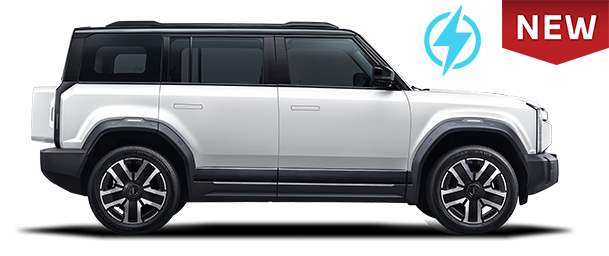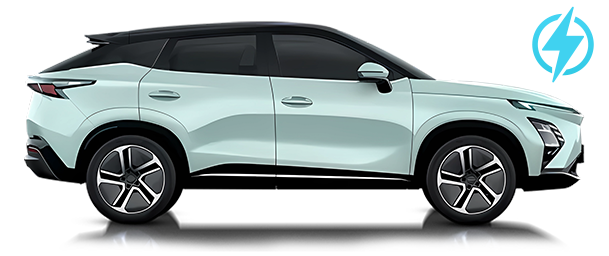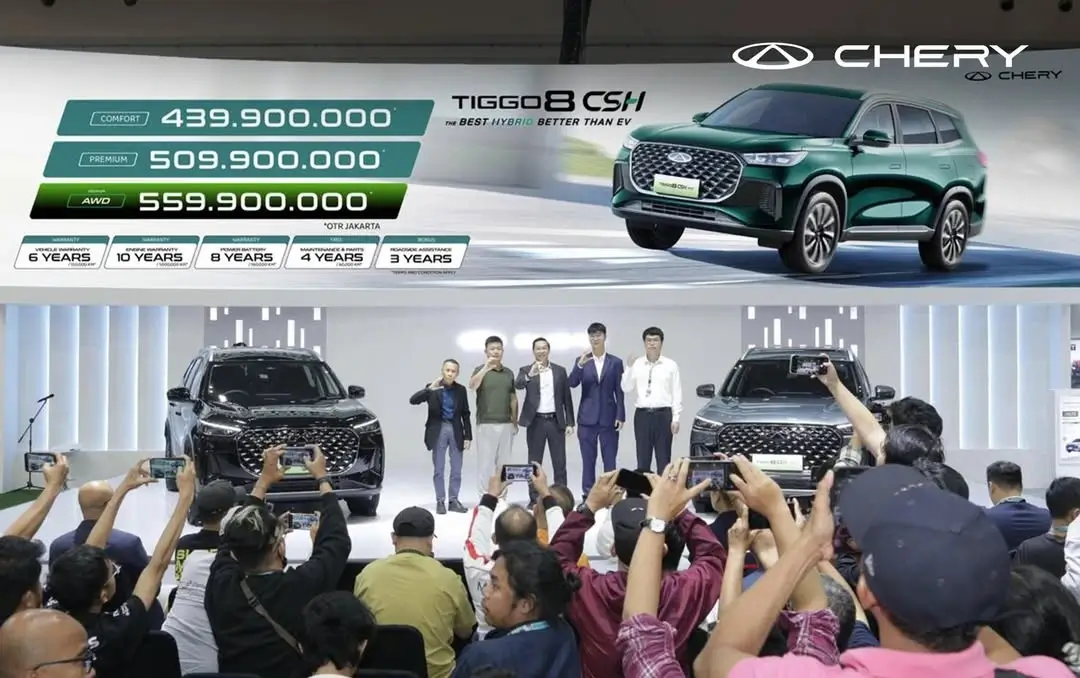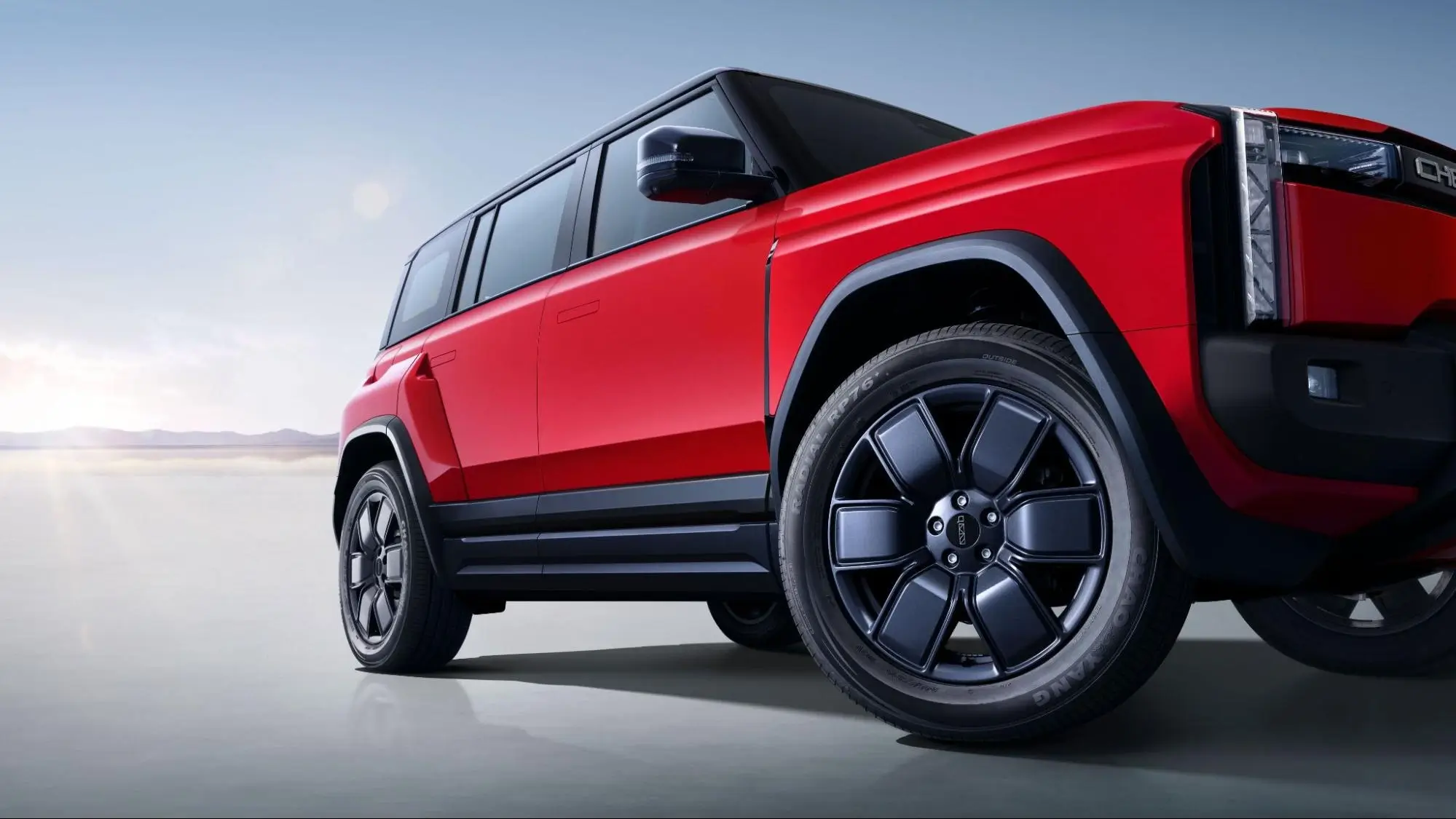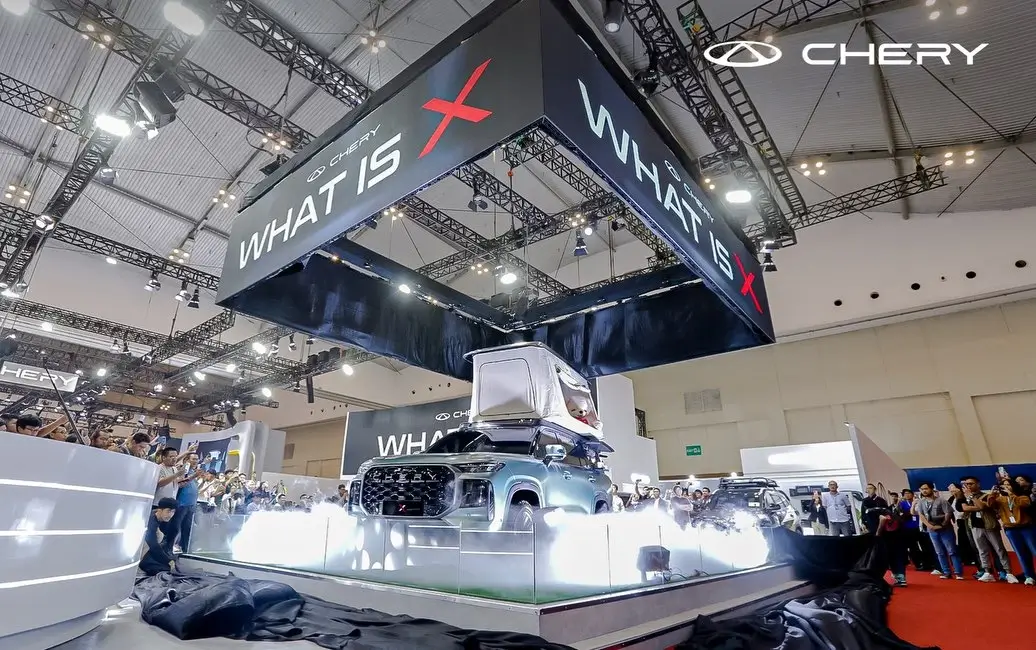
Chery Appears at GJAW 2025, Showcasing a Futuristic Booth, Activities, and the Most Exciting Experiences
Chery demonstrates its commitment to the Indonesian automotive market by presenting a larger, futuristic booth at GJAW 2025. This expansion is not just about appearance, but also reflects Chery’s strategy to offer a more diverse and modern product lineup.
Chery’s booth at ICE BSD, Tangerang, is also filled with various activities and experience areas. Visitors can explore Chery’s vehicle technologies firsthand and enjoy a range of interactive experiences with Chery's products.
During the event, PT Chery Sales Indonesia (CSI) announced the price of the J6T off-road EV, introduced two new variants of the Tiggo 8 CSH, and showcased the Chery X concept car. With a significantly larger exhibition space, Chery is able to display more flagship models and provide interactive areas for visitors.
Chery Presents a Futuristic Booth
The futuristic-style booth serves as Chery’s way of reinforcing its commitment to delivering modern, technology-driven vehicles. At GJAW 2025, Chery has also expanded its exhibition area from 800 m² to 1,280 m².
With a larger space, Chery can showcase more models, from concept vehicles to its lineup of electric and hybrid SUVs. Visitors can explore various eco-friendly models based on the Chery Super Hybrid (CSH) platform and take a closer look at Chery’s flagship SUVs, including the TIGGO Series, Chery C5, and E5.
Interactive Activities at the Chery Booth
Chery offers a variety of interactive activities to introduce the brand’s identity in design, cabin comfort, and electrification technology. Through these activities, visitors can gain a deeper understanding of the Chery products on display.
At this exhibition, Chery showcases the J6T with two drivetrain options: FWD and IWD. The RWD variant is priced at Rp525,500,000 and equipped with a 65.9 kWh battery, offering a driving range of up to 431 km (NEDC). Meanwhile, the IWD variant is priced at Rp585,500,000, featuring a 69.77 kWh battery and a range of up to 436 km (NEDC).
Chery also introduces the Tiggo 8 CSH Comfort and AWD variants to complete the lineup, following the earlier launch of the Premium type. The Comfort variant is priced at Rp439,900,000 (OTR Jakarta), while the AWD variant, which offers higher performance, is marketed at around Rp559,900,000.
At GJAW 2025, Chery also officially showcases the Chery X concept car, previously introduced in China as T1TP. This unique model combines the comfort of a family SUV with the practicality of a double-cab pickup, offering exceptional flexibility in a single vehicle.
A Variety of Exciting Experiences at the Chery Booth
Visitors are not only able to view the vehicles at the Chery booth, but they can also experience Chery’s technologies firsthand through the test drive area and other interactive programs. All CSH models are available for testing, allowing visitors to feel the engine characteristics, smoother power delivery, and improved fuel efficiency.
To attract consumer interest, Chery also offers various special benefits during GJAW 2025. For the first 1,000 buyers, a Lifetime Warranty is provided, covering the battery, electric motor, and controller. In addition, each vehicle purchase includes a free 7 kW Wall Charger, three years of Road Assistance, and one year of tire insurance.
Read also: Differences Between The J6 and J6T: Upgraded Features, Performance & Technology
Chery’s appearance with a futuristic booth at GJAW 2025 reinforces its commitment to delivering mobility products for the modern era. Throughout the exhibition, you can visit the booth to explore Chery’s vehicle lineup and experience the advanced technologies they offer up close.
If you’re looking for a modern, eco-friendly vehicle, whether an EV or a hybrid, explore the available models and their full specifications at chery.co.id.
